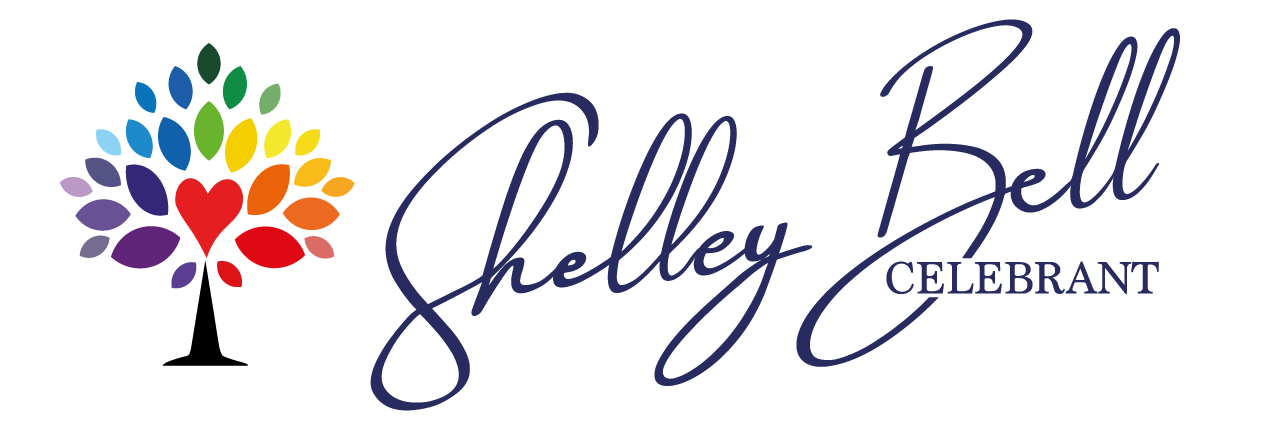What Is a Direct Cremation?
A direct cremation is the most basic form of cremation. It happens without a funeral service beforehand, and without mourners present at the crematorium. The body is collected, cremated, and then the ashes are returned to the family, who can choose to commemorate their loved one in a personal, private way — or not at all.
No hearse. No flowers. No service. Just the essentials.

The Pros of Direct Cremation
1. Cost-Effective
This is perhaps the biggest draw. Traditional funerals can cost thousands, but direct cremations are often half of the price. There’s no need to pay for embalming, viewing, or a service — and that adds up quickly.
2. Simpler Logistics
Without the need to plan a ceremony, book a venue, or coordinate guests, direct cremations reduce stress at an already difficult time. This can be especially helpful when family members are spread out geographically. You can still view the cremation (not the hot bit) digitally via download if travel is difficult by contacting Obitus, the media company that service most crematorium chapels.
3. Time for Personal Goodbyes
Many families choose to hold a memorial service later, in their own time and way — maybe in a garden, at the beach, or in the family home. This flexibility allows for a more meaningful and personalised farewell.
4. Less Emotional Strain
For some, a traditional funeral feels too intense or emotionally overwhelming. A direct cremation gives families space and time to grieve in private, and to plan a tribute that feels right for them.
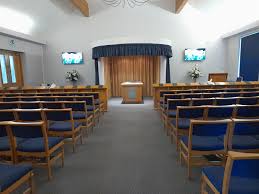
The Cons of Direct Cremation
1. Impact on the Grieving Process.
Not everyone finds peace without a ceremony. Funerals, for all their formality, can provide a structured way to grieve, share memories, and say goodbye. Skipping this can leave some feeling unresolved. BUT sometimes a ‘Ceremony’ can be a meal shared by family, a simple tree planting or drink down the pub. The reality is a funeral is a marker of someone’s death, whichever form it takes and is often more for the living than the dead.
2. No Viewing
Some direct cremation companies, once they have collected your person, take them hundreds of miles away to be cremated, removing the option of viewing or visiting that person before their body is processed – be clear about where they will be looked after and if you can visit.
3. Not always cost effective.
I understand that less services means less costs but you should check your Funeral Plans if you have one, sometimes the cost associated with a ‘no frills’ funeral are the same as an attended one. Efficiencies can often be made in other areas like not embalming, not hiring a limousine, or having Orders of Service printed.
4. Potential Regret
Because it’s over so quickly, some families later wish they’d done more, we all want to do our people proud with a fitting goodbye. There’s no second chance at a funeral. If a memorial or celebration of life isn’t planned later, the goodbye can feel incomplete.
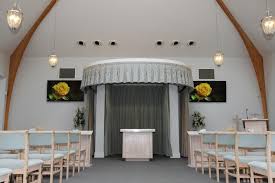
So… What’s All the Fuss About?
The rising popularity of direct cremations reflects changing attitudes toward death, tradition, and how we grieve. It’s part of a broader shift toward personalisation — doing things your own way, rather than sticking to a script.
For some, that means quiet simplicity. For others, it may still mean a full ceremony — just not right away.
In the end, there’s no “right” way to say goodbye. Direct cremation isn’t for everyone, but it is a valid, respectful, and increasingly common option that gives families more control, and often more peace.
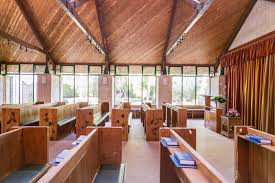
Final Thought
If you’re considering a direct cremation for yourself or a loved one, talk it through with family. Make space for feelings, and consider how you might still honour a life well lived — even without the formalities. Sometimes, the most meaningful goodbyes happen outside the walls of a chapel.
And if you’re still not sure, give me a call and we’ll have a chat – perhaps answering your questions will make the choice easier.
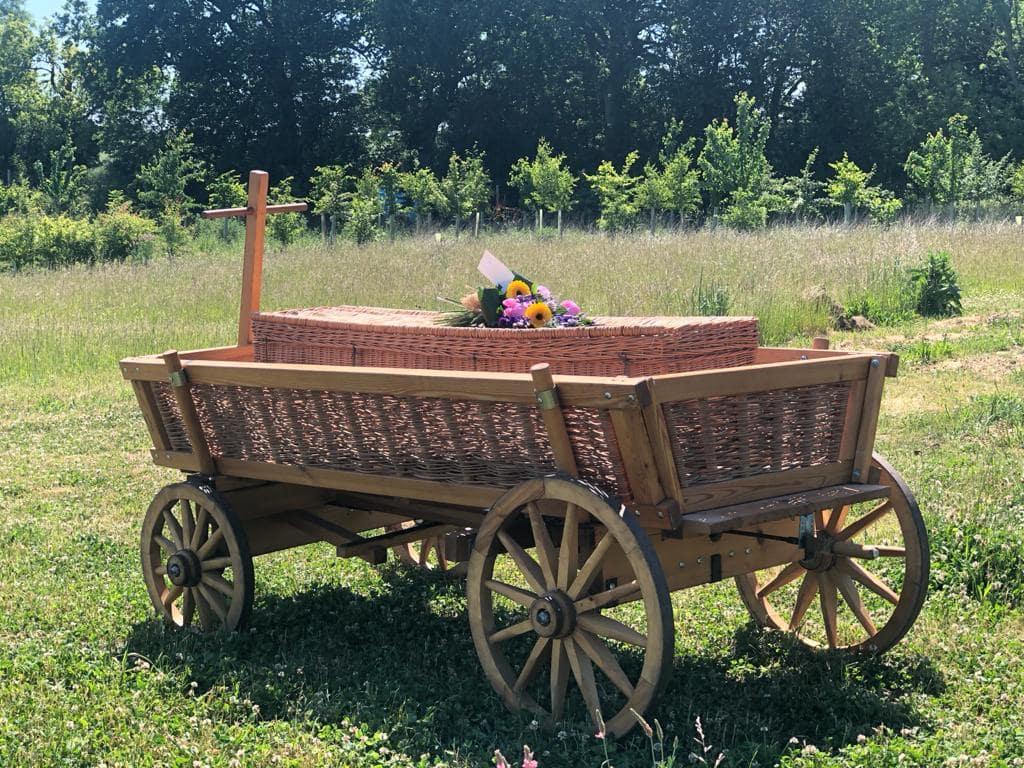
Written in conjunction with ChatGPT
Images are of local crematorium
